It starts with a vibe. Not a theme, not a checklist, not a Pinterest board. A vibe. Joyful, radical, defiant in its softness. A party, yes—but not just any party. A fat party. One where every guest invited is gloriously fat, unapologetically themselves, and absolutely ready to take up space—physically, emotionally, and energetically.
You send out the invitations. They’re cheeky, a little glittery, full of warmth. No diet talk, no weigh-ins, no backhanded compliments allowed. Just: “Come as you are. Wear what makes you feel like a star. We’re dancing, we’re laughing, we’re snacking. You deserve to enjoy yourself.”
Because you do.
There’s something healing about gathering with people who just get it. The unspoken battles, the everyday microaggressions, the awkward chairs and unsolicited advice. At a fat party, those battles dissolve. You’re not explaining yourself. You’re not shrinking. You’re not the only fat person in the room—you’re one among many. A constellation of beauty in every body.
You prep the space with intention. Comfy chairs, floor cushions, and nothing too precious to sit on. There’s movement in the music—a playlist curated to make you shimmy without thinking. Think disco, pop, queer anthems, and the deep cuts that make everyone yell “oh my GOD this song!” at least once an hour.
And then: the snacks. Oh, the snacks.
But this isn’t about drowning in sugar or throwing nutrition out the window in the name of “cheat day” rebellion. No. This is about love. You bring out healthy snacks—not in the punitive, diet-y sense, but in the way your body feels nourished, supported, and still joyful after you eat. We’re talking juicy watermelon wedges, roasted chickpeas dusted in smoky paprika, cucumber spears with tahini drizzle, date balls rolled in coconut flakes, air-fried samosas, guacamole so good it makes your eyes close for a second.
Food that says, “I care about me and you.”
Food that fuels dancing and belly laughs and talking for three hours about nothing and everything.
Someone brings kombucha cocktails. Someone else shows up with homemade hummus in four colors. There’s herbal tea, there’s sparkling water, and maybe there’s cake—but the kind that doesn’t come with guilt as a side dish. Just celebration. Just sweetness for sweetness’ sake.
But here’s the thing: while this party is about joy, it’s also about honesty.
Yes, we are fat. Yes, we are beautiful and worthy and human. But no—being fat is not, by itself, a healthy state. Many of us carry extra weight for complex, deeply personal reasons—trauma, illness, economics, survival. And even in this moment of love, we need to tell the truth: our bodies deserve care, not just comfort.
This isn’t about shame. It’s about hoping—maybe even working—toward a future where fat parties don’t need to exist. Not because fat people shouldn’t be celebrated, but because we’ve created lives full of support, resources, and health that help us live in bodies that thrive. Bodies that move with ease. Hearts that beat strong. Communities where prevention and care are accessible, not aspirational.
We celebrate today, and we commit to ourselves tomorrow.
Because you are not a problem to fix. You are a whole, vibrant human being. But you also deserve your best shot at health, energy, longevity, and feeling good—not just emotionally, but physically.
So, dance hard. Laugh loud. Pass the carrots and the cupcakes. But don’t forget: this joy can live alongside change. You can love yourself and want something better.
For tonight, though? We party. And it’s a damn good one.


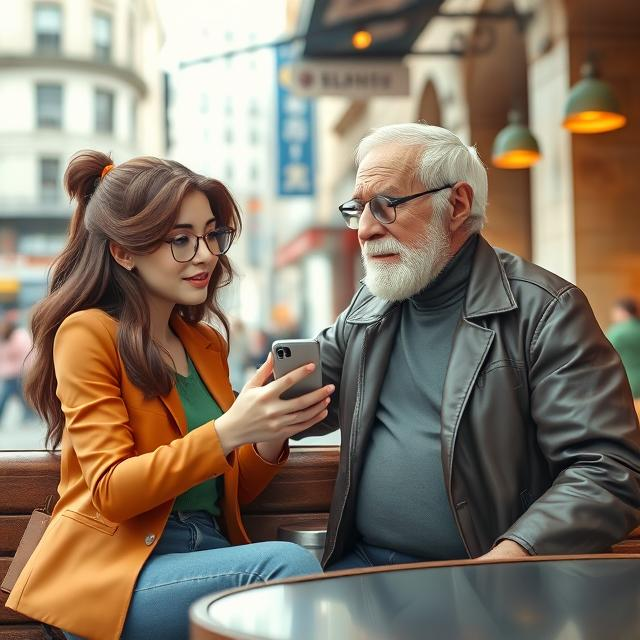




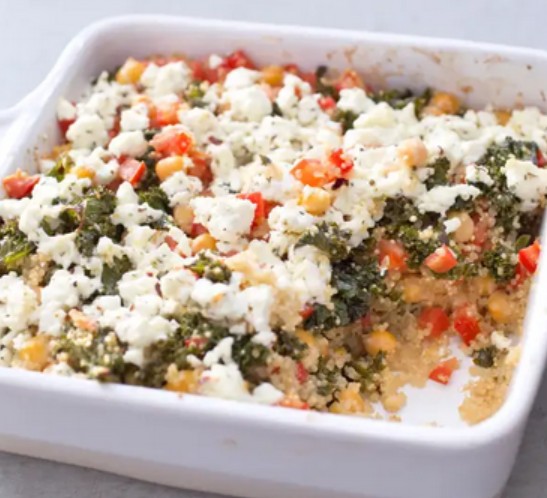







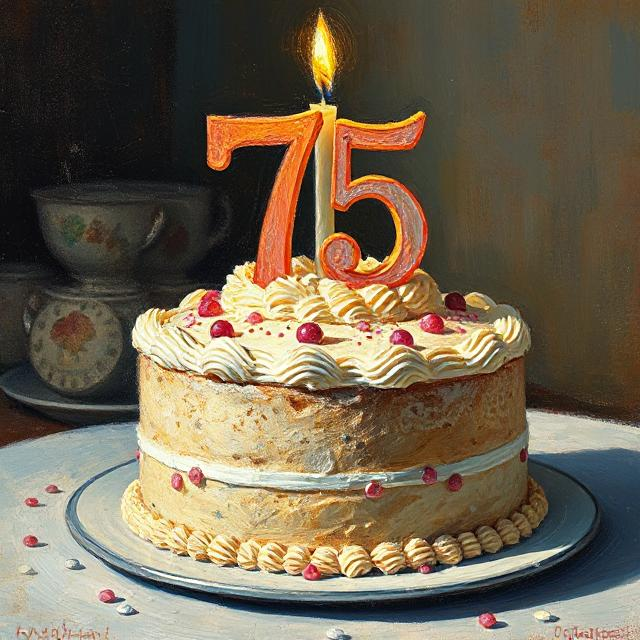


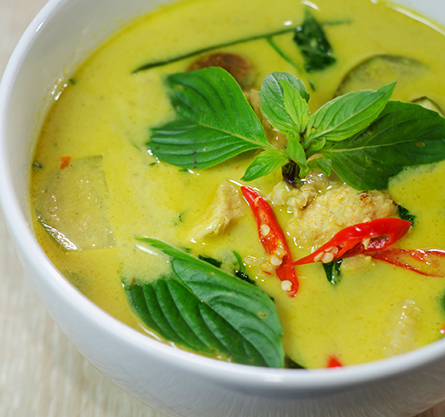
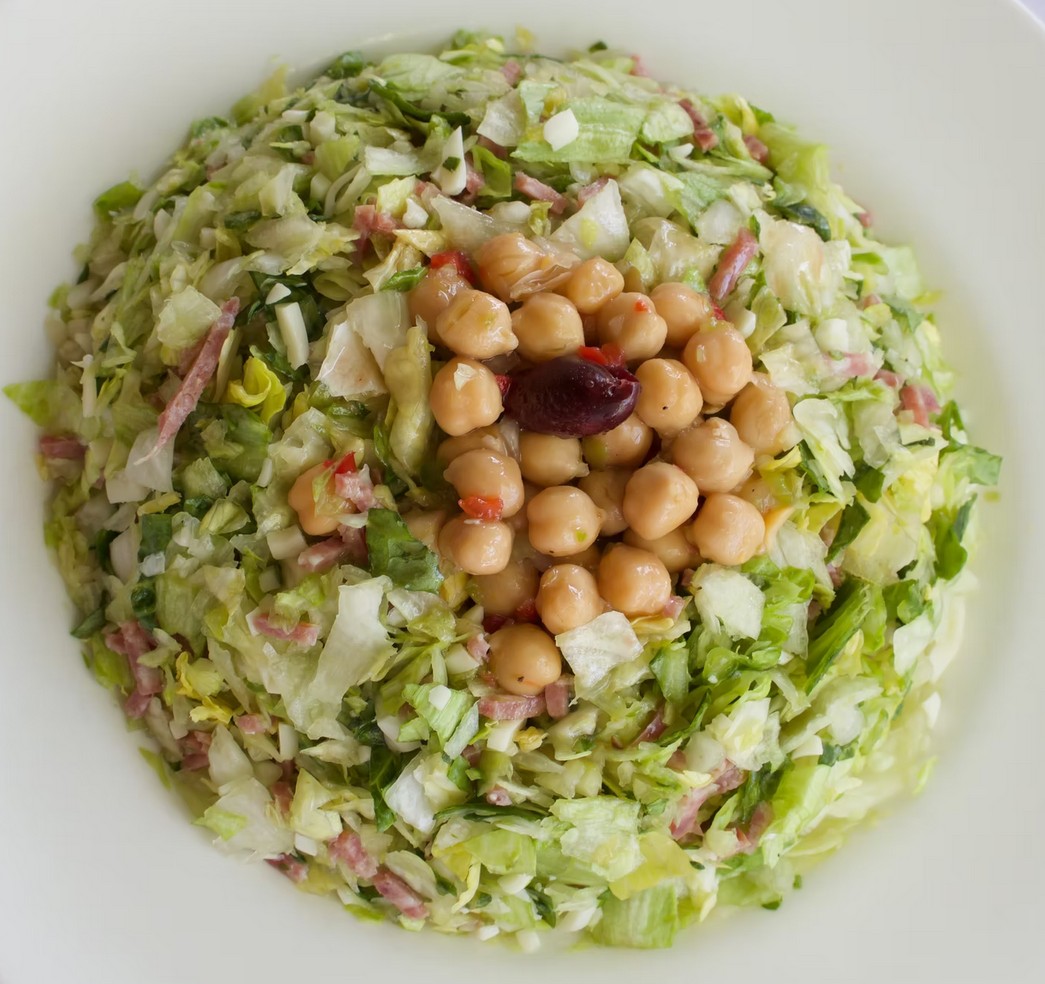

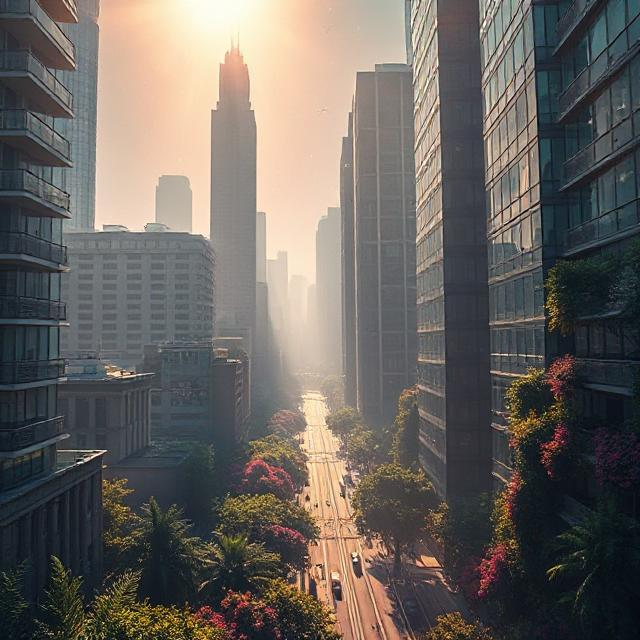

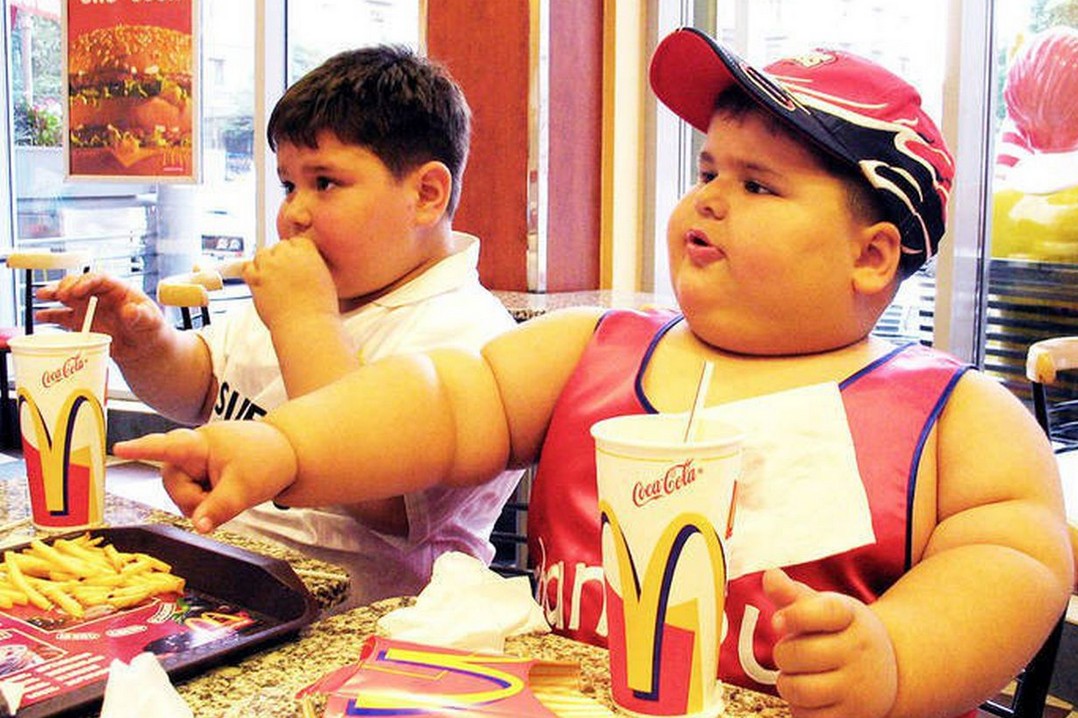

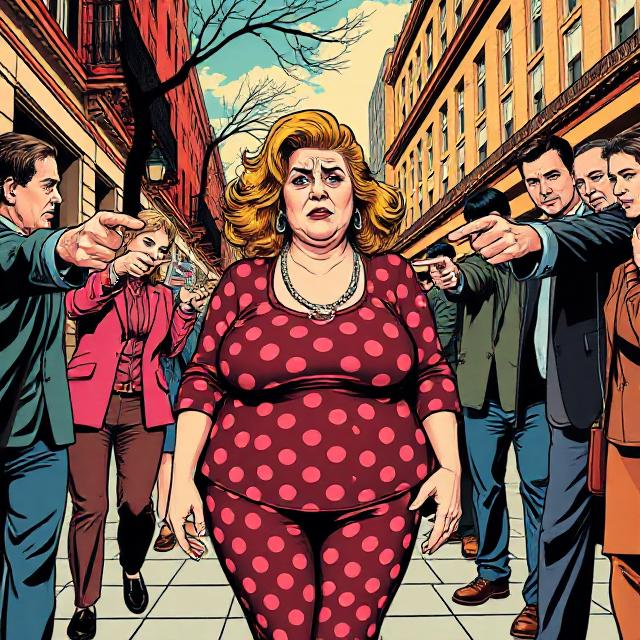
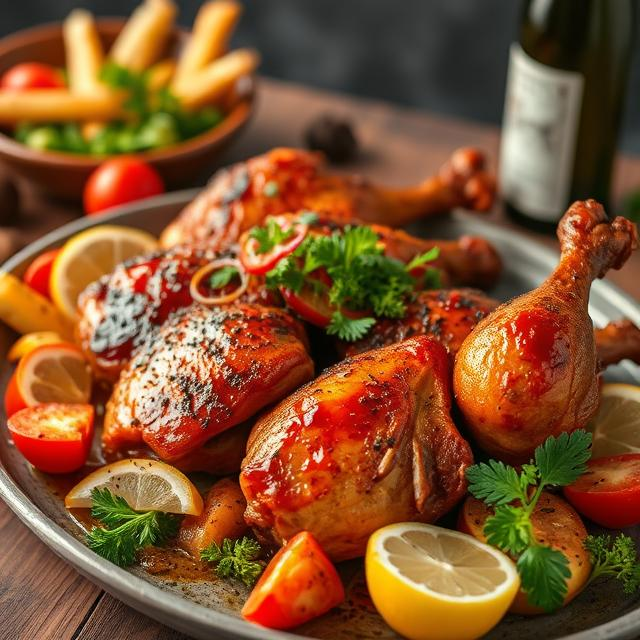

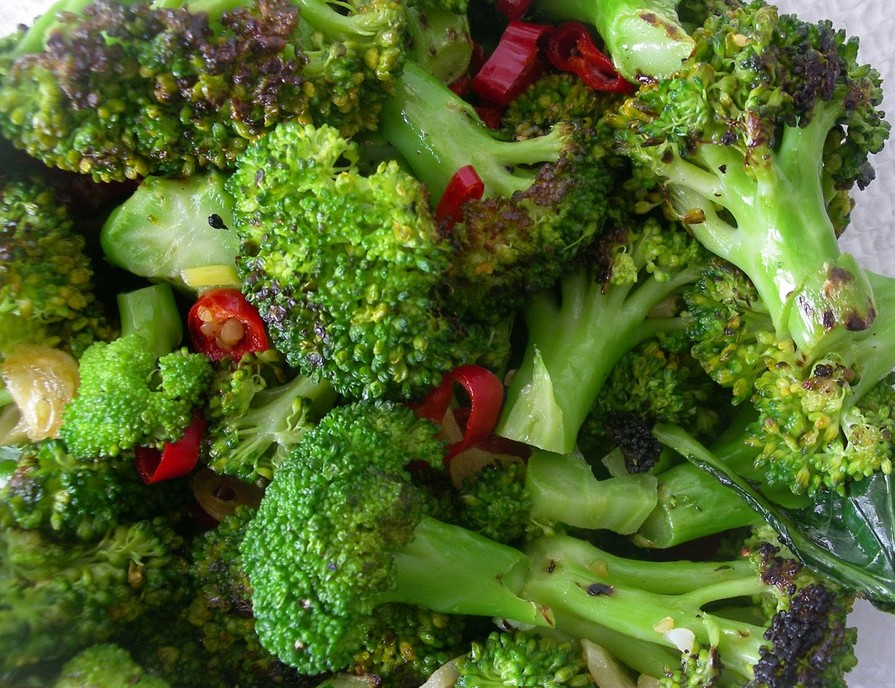
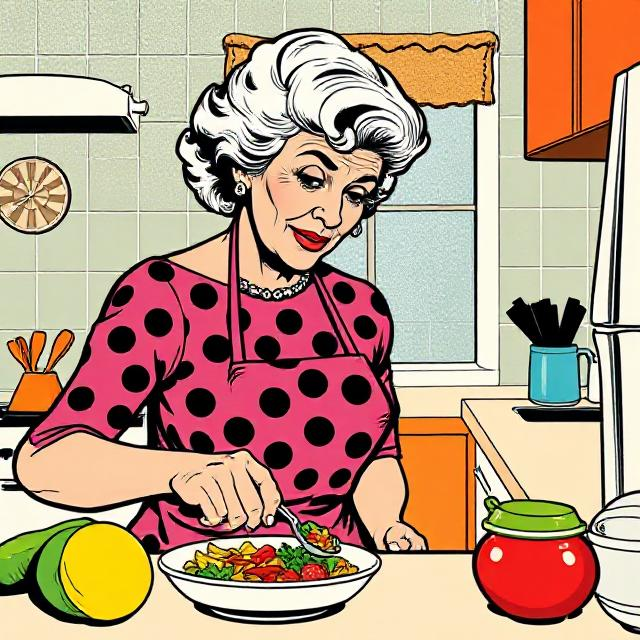

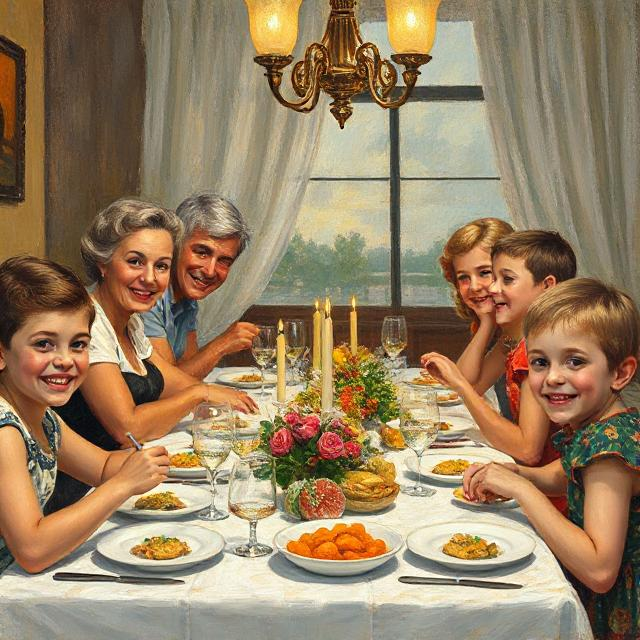

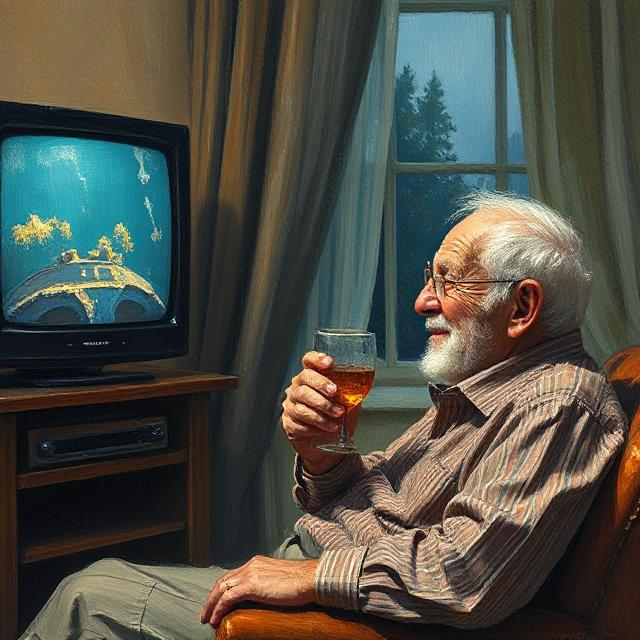


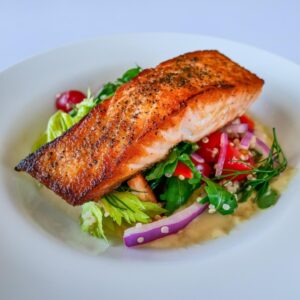 Ok ok
Ok ok
